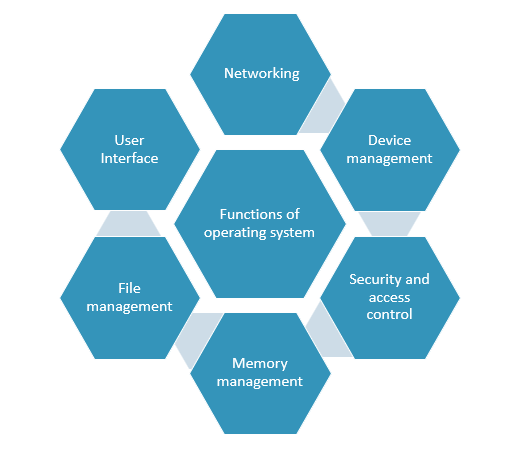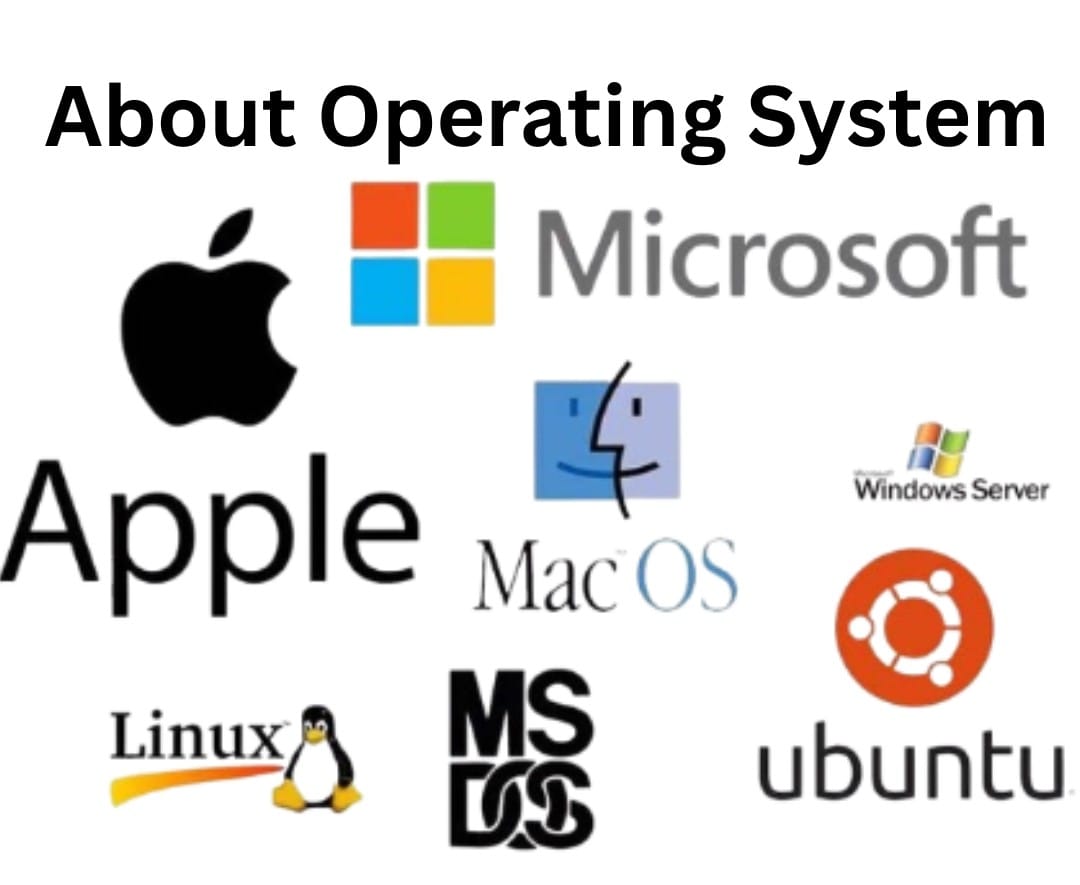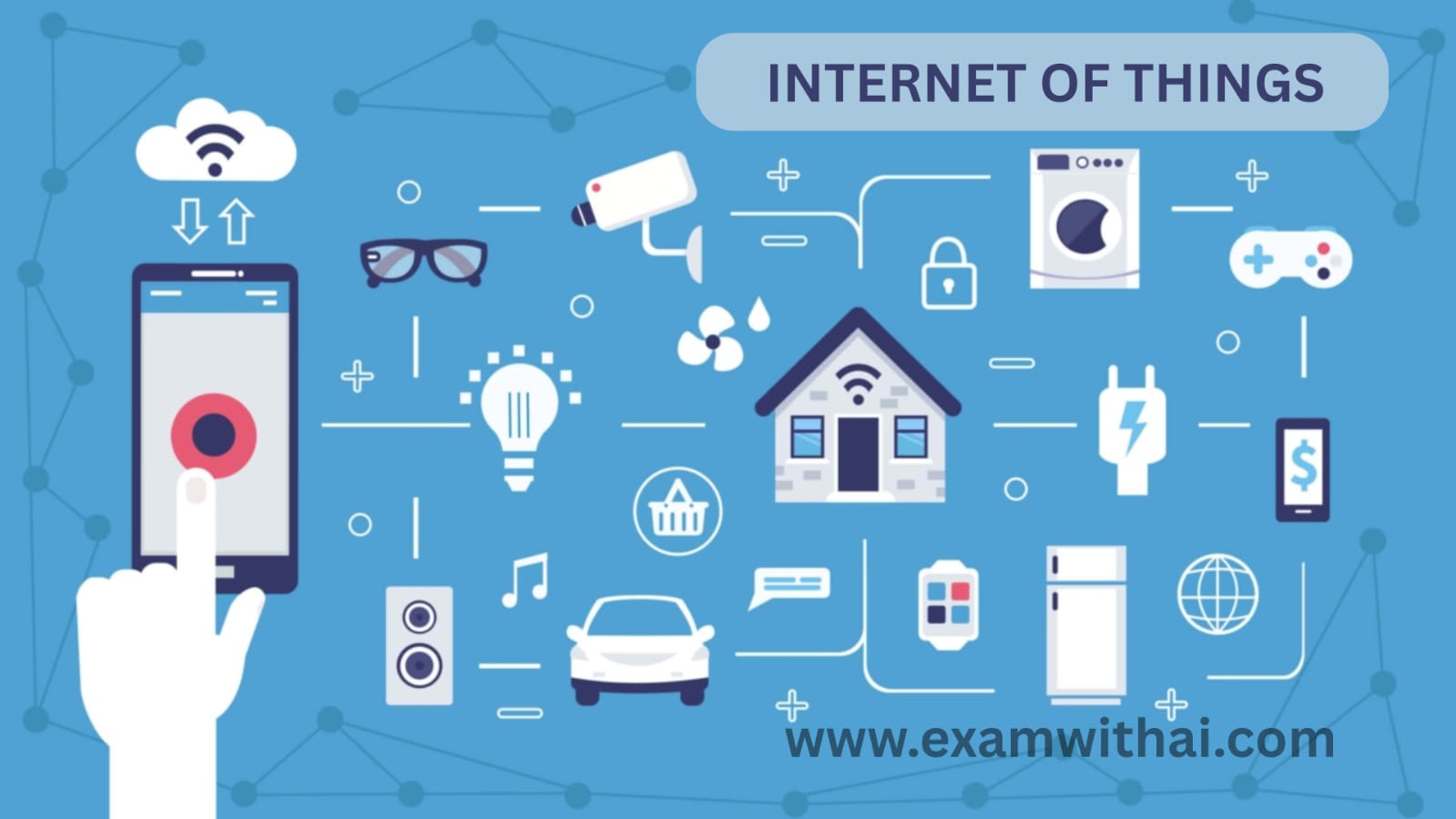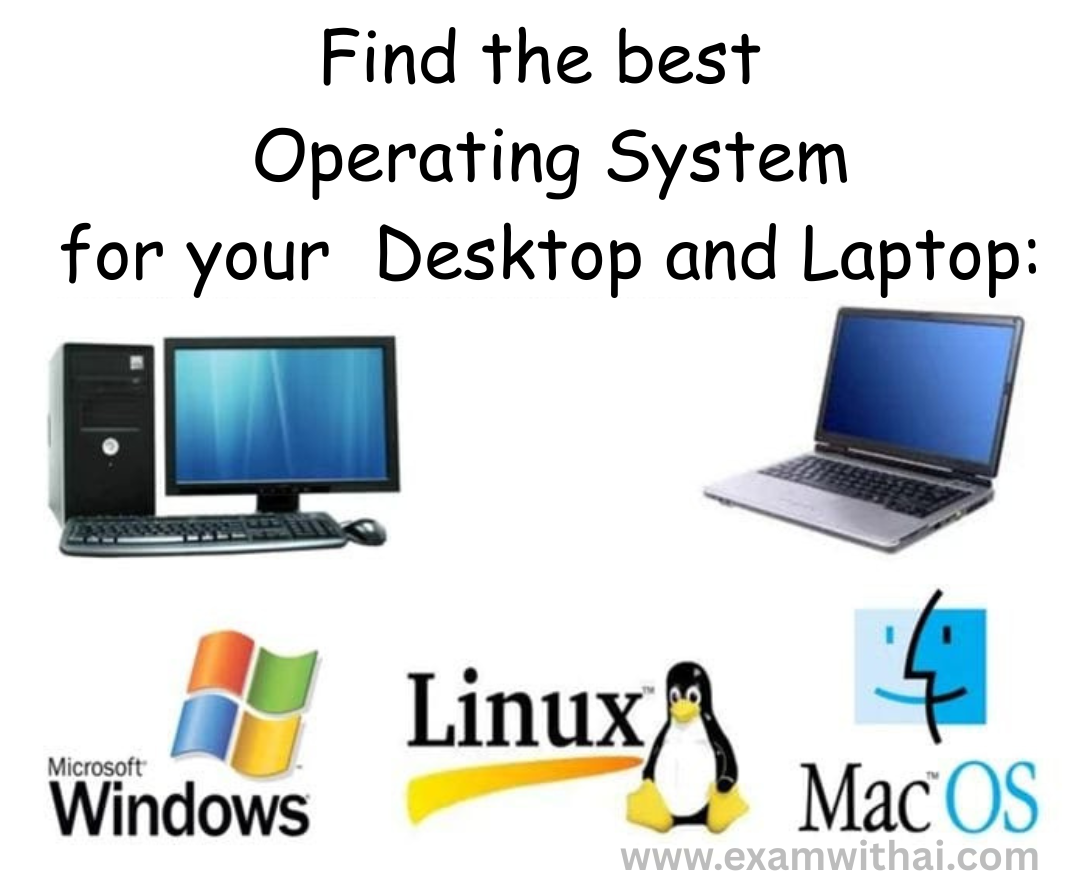Operating System: Functions You Need to Know
Operating System
One kind of system software that controls a computer’s general operation is called an operating system (OS). It facilitates communication and coordination between several parts of the computer, including the CPU, memory, storage devices, and input/output devices, by serving as a link between the user and the hardware. The OS is in charge of handling files, managing system resources, executing apps, and maintaining system stability and security. It offers a command-line or graphical user interface that enables effective job completion and system interaction. To put it briefly, an operating system is necessary for a computer to operate correctly as well as allowing users to run and control software programs.
Key Functions
| Function | Description |
|---|---|
| Process Management | Prevents unauthorized access and manages users and permissions. |
| Memory Management | Keeps track of each byte of memory; ensures efficient memory use. |
| File Management | Manages file creation, access, storage, hierarchy, and permissions. |
| Device Management | Handles communication with input/output devices. |
| Security and Access Control | Prevents unauthorized access, manages users and permissions. |
| Networking | Manages data transfer between computers via protocols like TCP/IP. |
| User Interface | Provides means for user interaction with the system. |

Process Management
The creation, execution, scheduling, and termination of processes are all part of process management, which is a fundamental OS function. Simply said, a process is an active entity that consists of the program code, registers, memory, and its current activity (such as the program counter).
Memory Management
An essential component of the OS, memory management manages the effective distribution, utilization, and oversight of the computer’s main memory (RAM). It optimizes the use of available memory, makes sure that each running process has adequate memory to run, and stops processes from stealing memory from one another.
File Management
The OS component that manages the creation, naming, categorization, retrieval, storage, and protection of files on storage devices (such as hard drives, SSDs, and USBs) is called file management.
Device Management
The OS feature that manages communication between the system and its actual hardware devices—such as printers, keyboards, displays, hard disks, etc.—is called device management.
Security and Access Control
An OS must have security and access control in order to shield the system and its data from threats, abuse, and illegal access. These safeguards guarantee that sensitive data is kept private, undamaged, and accessible while limiting access to certain resources to authorized users and programs.
Networking
Networking in an operating system refers to the OS’s ability to connect, communicate, and share resources over a network (such as the internet or a local network).
User Interface (UI)
The user interface (UI) is the part of the operating system that allows users to interact with the computer system. It acts as a bridge between the user and the computer’s hardware and software.





